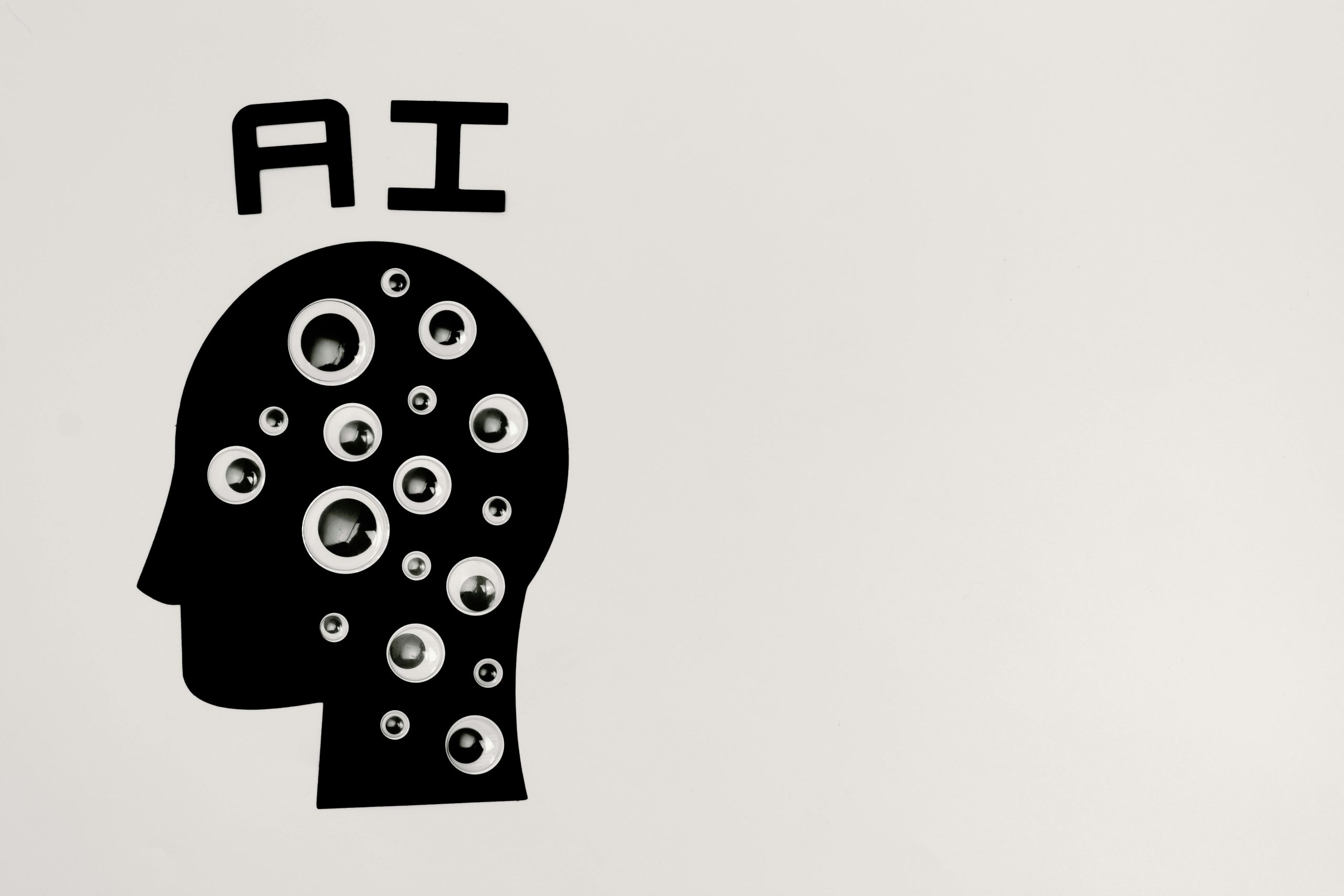In our ever-connected world, the need for accurate and efficient translation tools has never been more crucial. From breaking down language barriers in global communication to facilitating seamless cross-cultural collaborations, the demand for reliable AI-based translation services is on the rise. But with a myriad of options available, each claiming to be the best in the market, how can we determine which one truly stands out? In this article, we delve into the world of translation AI tools to uncover the answer to that burning question: What is the best translation AI tool? Join us on this exploration as we navigate through the complexities of machine learning algorithms and linguistic nuances to find the ultimate solution for all your translation needs.
Introduction: Overview of translation AI tools
Translation AI tools have revolutionized the way we communicate across languages, offering seamless and efficient solutions for businesses, travelers, and individuals. These tools leverage cutting-edge technology like machine learning and neural networks to provide accurate translations in real-time. From simple phrases to complex documents, translation AI tools have become indispensable in bridging language barriers and fostering global connections.
One key advantage of translation AI tools is their speed and scalability compared to traditional human-led translation services. With the ability to translate vast amounts of text instantly, these tools significantly improve productivity and efficiency in multilingual settings. Additionally, the continuous advancements in natural language processing are enhancing the accuracy and context-awareness of these tools, making them more reliable for a wide range of applications.
 Features: Key aspects to consider
Features: Key aspects to consider
When evaluating translation AI tools, it is essential to pay close attention to the features they offer. One key aspect to consider is language support. Ensure that the tool can translate not only common languages but also less widely spoken ones, as this can be crucial for certain industries or projects. Additionally, look for features like real-time translation capabilities and integration with other platforms such as websites or chat applications.
Another important feature to look out for is accuracy. While most AI tools boast high levels of accuracy, it is worth testing them with complex sentences or technical jargon to assess their precision in different contexts. Moreover, consider customization options that allow you to fine-tune the translations according to your specific needs and style preferences. Prioritizing these features will help you find the best translation AI tool that meets your requirements effectively and efficiently.
Accuracy: Evaluating translation quality
When evaluating translation quality, accuracy is a paramount factor. A good translation AI tool should be able to faithfully convey the meaning of the original text without introducing errors or misinterpretations. Accuracy entails not just ensuring that words are translated correctly, but also capturing the nuances, cultural references, and tone of the source language.
Furthermore, accuracy in translation goes beyond mere word-for-word conversions. It involves understanding context, idiomatic expressions, and subtleties specific to each language. An effective AI tool should possess sophisticated algorithms that can analyze and interpret these elements accurately in order to produce translations that are not only grammatically correct but also contextually appropriate. Prioritizing accuracy in translation ensures that communication remains clear and authentic across languages, fostering genuine understanding and connection between individuals from different linguistic backgrounds.
User Interface: Ease of use and accessibility
When looking for the best translation AI tool, one crucial aspect to consider is the user interface. The ease of use and accessibility of a tool can greatly impact its effectiveness and efficiency. A well-designed user interface that is intuitive and user-friendly can significantly enhance the overall experience of using a translation AI tool.
Accessibility features such as customizable settings, language options, and support for different devices are also important factors to consider when evaluating translation AI tools. Tools that provide easy access to various languages and offer features like voice recognition or text-to-speech functionalities can greatly improve usability for a wider range of users. By prioritizing ease of use and accessibility in the design of a translation AI tool’s user interface, developers can make their product more inclusive and appealing to a diverse global audience.
Cost: Pricing models and value for money
When it comes to choosing the best translation AI tool, understanding the cost and pricing models is crucial. Different tools offer varying pricing structures – from subscription-based models to pay-per-use options. While some tools may seem more affordable upfront, it’s important to consider the overall value for money they provide. Look beyond just the price tag and evaluate factors such as accuracy, speed, customer support, and additional features like security measures or customization options.
Value for money in a translation AI tool goes beyond the initial investment. Consider how efficiently the tool can streamline your workflow, reduce human error, and ultimately save you time and resources in the long run. Opting for a slightly higher-priced tool that offers better accuracy and reliability could prove to be a smarter investment over time compared to constantly dealing with errors or inaccuracies from a cheaper alternative. Before making a decision based solely on cost, assess how well the tool aligns with your specific needs and how effectively it can enhance your translation processes in terms of quality and efficiency.
 Language Support: Range of languages covered
Language Support: Range of languages covered
When it comes to language support, the range covered by a translation AI tool can make a significant difference in its usability and effectiveness. A tool that supports a wide variety of languages can cater to a more diverse user base, ensuring inclusivity and accessibility. This expansive coverage allows users to translate content in multiple languages with accuracy and efficiency, making the tool versatile and valuable for various global communication needs.
Having robust language support also enhances the overall reliability of the translation AI tool. It indicates that the tool has been developed with attention to detail and consideration for linguistic nuances across different languages. Moreover, extensive language coverage demonstrates a commitment to excellence and user satisfaction by providing comprehensive solutions regardless of the language pairings required for translation tasks. Ultimately, a broad range of supported languages in a translation AI tool reflects its capabilities and potential to streamline cross-cultural communication effortlessly.
Conclusion: Summary and recommendations
In conclusion, choosing the best translation AI tool depends on various factors such as accuracy, speed, language support, and user interface. While many tools exist in the market with promising features, it is essential to consider your specific needs before making a decision. Our research highlights that while some tools excel in translating certain languages accurately, others might offer a wider range of language options.
To make an informed choice when selecting a translation AI tool, we recommend conducting thorough research and testing multiple platforms to determine which one aligns best with your requirements. Additionally, keeping updated on advancements in AI technology and new tools entering the market can help you stay ahead in utilizing the most efficient translation solutions available. Remember that no tool is perfect but finding one that meets your primary needs can significantly enhance your productivity and efficiency when dealing with multilingual content.
 logo
logo



